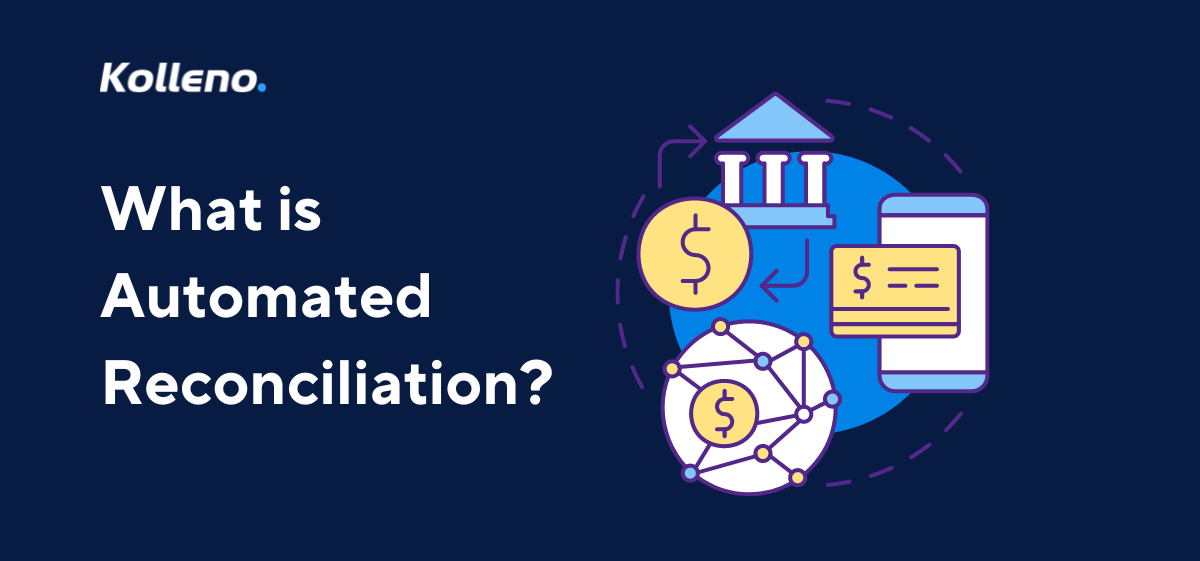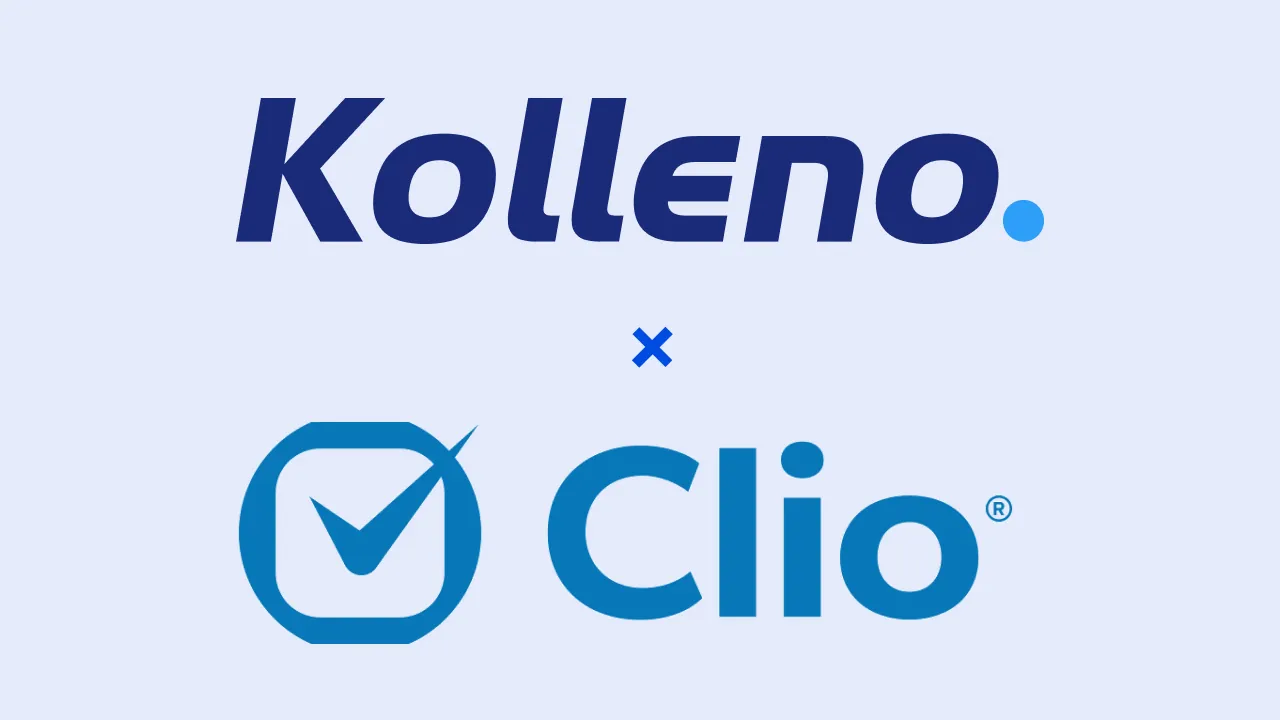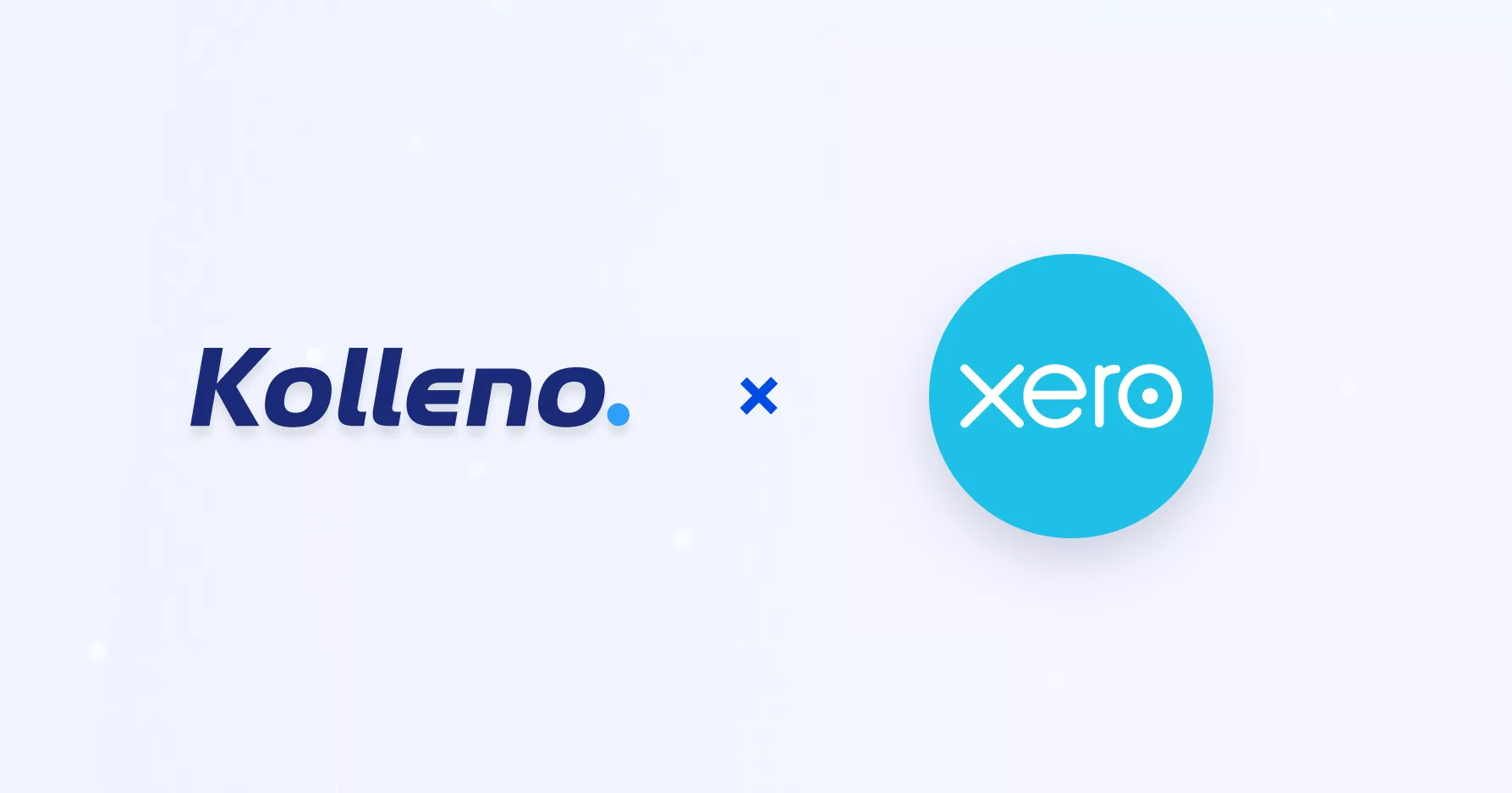Many businesses feel like they struggle to stay on top of their financial records. Manual bank reconciliation is time-consuming, error-prone, and diverts valuable resources from strategic tasks.
Enter automated reconciliation—a game-changer for businesses of all sizes. By seamlessly matching transactions in real-time, automated reconciliation software ensures accuracy, saves time, and empowers your finance team to focus on what truly matters.
This blog will explain what automated reconciliation is, how it works, the benefits it offers, and how your company can implement it.
In This Article
- What is bank reconciliation?
- The reconciliation process
- What is automated reconciliation?
- Why is automated reconciliation important?
- The benefits of automated reconciliation software
What is bank reconciliation?
Bank reconciliation is the process of matching a company’s financial records with bank statements to verify accuracy. It is usually performed manually by an accounting team. The process aims to pinpoint discrepancies such as unrecorded transactions or errors to ensure the business’s financial records are up-to-date and accurate. Regular bank reconciliation (sometimes also called financial reconciliation) is vital for maintaining clarity and preventing oversights in a company’s data.
The reconciliation process
The reconciliation process ensures that a company’s financial records match its bank statements and accounts. Because it is traditionally done manually, this task is time-consuming and prone to human error. Discrepancies can lead to issues in financial reporting and the balance sheet. Manual reconciliation involves matching transactions across an array of spreadsheets—a tricky process which often results in errors and delays.
Automation has revolutionized reconciliation. Automated reconciliation software streamlines the process by matching transactions automatically, reducing manual intervention and time. These tools can handle various data formats and ensure total connectivity with enterprise resource planning (ERP) systems and accounting software. Plus, algorithms and machine learning identify and resolve discrepancies in real-time, providing a reliable audit trail and accurate financial records.
What is automated reconciliation?
Automated reconciliation is a tool designed to transform the tedious reconciliation process.
Essentially, automated reconciliation ensures that payments made by customers are constantly being tracked, from the point of invoicing to the final deposit in your bank account. It also accounts for miscellaneous fees like card processing fees, chargeback fees, and FX (foreign transaction) fees. Tracking these two together, automated reconciliation greatly reduces the chance that errors or discrepancies arise. Kolleno’s cutting-edge Open Banking API lets you integrate automated reconciliation effortlessly, liberating businesses from the chains of traditional bank reconciliation.
For finance teams, automated reconciliation software offers significant benefits—namely in that it allows them to focus on strategic tasks rather than manual ones. Automation reduces errors and accelerates the financial close process, ensuring timely and accurate reporting. Plus, features like automatic reconciliation of accounts receivable and credit card transactions help maintain a clear view of cash flow and financial health.
Payment service provider reconciliation
Increasing digitisation in the payment landscape has seen the rise of numerous Payment Service Providers (PSPs) like Stripe, Adyen, GoCardless, and Paypal, complementing conventional EFT bank transfers. This range of options offers consumers unmatched convenience, but complicates reconciliation for businesses.
While rudimentary automated reconciliation tools for PSPs do already exist, their capabilities are narrow- often only indicating invoice payment. Manually accounting for processing fees and relating individual payments to larger end-of-week payouts from the payment wallet becomes a Herculean task.
Kolleno’s solution? A real-time process that not only marks an invoice as paid upon customer payment but also tracks the associated processing fee. This amount is momentarily logged in a “cash and cash equivalents” clearing account, representing the PSP’s liability to you. Once the PSP consolidates and disburses the bulk payment, Kolleno aligns this with the holding account and correlates it to relevant invoices. In this way, you can maintain an overview of complex PSP-related inflows and outflows at all times.
Debtor bank transfers
Kolleno’s automated reconciliation also harnesses the power of machine learning and its own intelligent algorithms to construct a model adept at matching invoices with bank payments & receipts. The AI model examines diverse data points—from bank transfer specifics like date, amount, and payee details to invoice data such as references, amounts, and associated names.
The result? A suggested match percentage score, guiding you on which invoices correlate with which payments. With one-click, this match is registered in your accounting system, complete with all pertinent accounting journals and ERP objects.
Why is automated reconciliation important?
Manual reconciliation using software like Excel is not only tedious but fraught with risks:
Potential for incorrect amount entries: The manual reconciliation process is error-prone, with a high risk of human error in entering amounts. This can lead to significant discrepancies in financial records, affecting the accuracy of financial reporting and the balance sheet.
Duplication of transactions: Without automation, the reconciliation process can result in duplicated transactions. Manual tasks and the absence of robust reconciliation tools can cause errors that impact the accuracy of account reconciliation and financial data.
Time-draining processes: Manual reconciliation is time-consuming, requiring finance teams to spend excessive hours matching transactions and reviewing bank statements. This diverts staff from strategic financial management tasks and valuable workflows that could contribute to business growth.
Delayed monthly closures: The manual reconciliation process often delays the financial close. Dependence on manual intervention and spreadsheets can extend closing times, hindering timely financial reporting and decision-making.
Challenges reconciling diverse data formats: Reconciling financial data from various payment service providers (PSPs) with ERP or accounting software can be challenging. Manual processes struggle with diverse data formats, complicating the reconciliation of accounts receivable, credit card transactions, and other financial records.
The benefits of automated reconciliation software
Kolleno’s automated solution offers myriad benefits to businesses looking to optimize their reconciliation process:
Instantaneous data capture and audit trails: Automated reconciliation software ensures real-time data capture, integrating seamlessly with bank accounts, bank statements, and other financial records. This immediate capture of financial data reduces the risk of errors and discrepancies. Additionally, the software maintains comprehensive audit trails, providing transparency and accountability in the reconciliation process. These audit trails help in tracking every transaction, offering a clear view of financial activities, and supporting compliance and financial reporting.
A finance team focused on strategic financial operations: By automating the reconciliation process, finance teams can focus on more strategic financial operations rather than time-consuming manual tasks. Automated reconciliation software streamlines workflows, freeing up time for tasks that add value to the business, such as financial analysis, strategic planning, and improving cash flow management. This shift enhances the overall efficiency and effectiveness of the finance department.
Reduced reconciliation errors: Automation significantly reduces the risk of human error, which is prevalent in manual reconciliation processes. The software uses algorithms and machine learning to accurately match transactions, minimizing discrepancies and ensuring the integrity of financial data. This reduction in errors improves the reliability of financial statements, aiding in better financial decision-making and management.
Seamless operation despite staff leaves: Automated reconciliation tools operate continuously, regardless of staff availability. During critical periods like month-end financial close, the system autonomously manages reconciliation tasks, ensuring uninterrupted processing. This capability ensures that financial processes remain efficient and timely, even in the absence of key staff members. The automation of these processes supports consistent and accurate financial close, enhancing the overall financial stability and reporting of the business.
Conclusion
Automated reconciliation, isn’t merely a luxury—it’s a necessity in today’s complex financial landscape.
By implementing software like Kolleno, which offers automated reconciliation, businesses can optimize their financial processes, improve accuracy, and ensure seamless operation. This technology-driven approach not only enhances the reconciliation process’s efficiency but also supports broader financial management goals, contributing to the organization’s long-term success.











